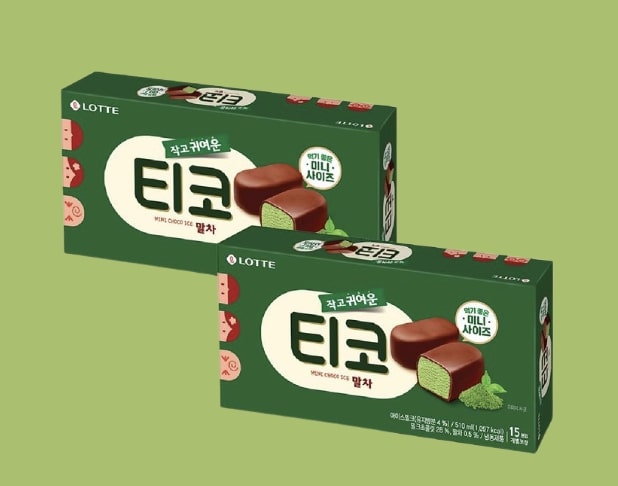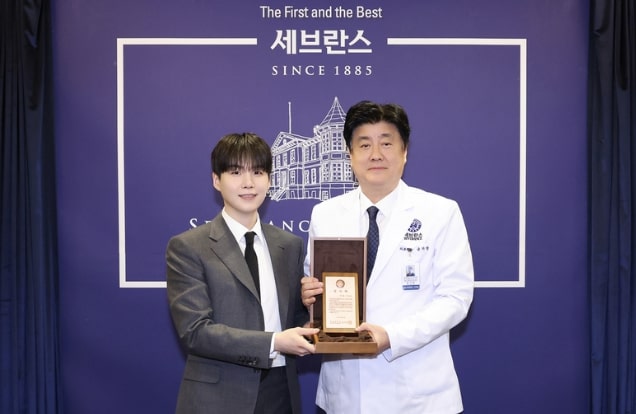
The 5 Best Korean Cookbooks for Korean Food Lovers

Are you a foodie? According to research from Korea, people travel to South Korea for various reasons — but one of the biggest reasons was found to be to experience Korean food.
With a vast variety of ingredients, Korean cuisine is renowned for being well-balanced and nutrient-dense. Vegetables, cereals, proteins, and fermented foods like kimchi are commonly included. This well-rounded approach offers a wide variety of nutrients, vitamins, and minerals, which promotes general health.
We are going to share 7 Korean cook books with you today that we’ve read and found helpful.
1. Maangchi’s Big Book of Korean Cooking

Even individuals who have never prepared Korean food before can learn fundamental technique and step-by-step recipes from popular and knowledgeable YouTuber Maangchi. The best aspect is that, as long as you have the materials, it is simple to follow because it thoroughly explains any concepts that may be unknown to foreigners. It’s helpful to know exactly how much of each item you need because measuring units, especially in Korean cooking, can be perplexing.
2. My Korea : Traditional Flavors, Modern Recipe


Hooni Kim is the culinary legacy of a Michelin-starred chef who popularized Korean cuisine in America for years. In this book, you can learn from simple rice cakes with a hot sauce on top. sliders of bulgogi, and more. He especially focuses on sharing Korean “culinary trinity” that are fermented soybean paste (Doenjang), soy sauce (Ganjang), and red chili paste (Gochujang).
3. Korean American : Food That Tastes Like Home

Eric Kim, a staff writer for the New York Times, was raised in Atlanta as the son of two Korean immigrants. His story has always revolved around food, from Friday night Korean barbecues with his family to hybridized Korean-ish dinners for one that he creates in his little New York City apartment, including Gochujang-Buttered Radish Toast and Caramelized-Kimchi Baked Potatoes. Eric included these recipes in his first cookbook along with perceptive, heartfelt tales and gorgeous photos taken by photographer Jenny Huang.
Eric shares not only what it means to be Korean American but also how, through food and cooking, he gained acceptance, strength, and the confidence to own his story. This book is full of recipes and profound observations, particularly on his mother, Jean.
4. The Korean Vegan Cookbook: Reflections and Recipes from Omma’s Kitchen


Korean food is not entirely vegan. The Koraen cuisine uses a lot of fish sauce and barbecue. Although some Korean recipes include grilled pork, Joanne’s childhood bapsangs were primarily made of doenjang (fermented soybean paste), gochujang (chili sauce), dashima (seaweed), and other wholly plant-based, delectably flavorful, and distinctively Korean ingredients.
This is a fantastic book to read if you’re a vegan and adore Korean cuisine.
5. Simply Korean: Easy Recipes for Korean Favorites That Anyone Can Make

Simply Korean is for you if you’ve always wanted to prepare your favorite Korean foods at home in an easy and simple way. You’ll discover the simplest ways to prepare dishes like fried rice, bulgogi, kimchi, and more with no sacrifice to flavor thanks to streamlined processes, simple ingredients, and detailed directions. Learn the art of Korean side dishes (banchan), then enjoy them by yourself or with your loved ones!
Please tell us which one you like the most. Click below to view details!
- Maangchi’s Big Book of Korean Cooking
- My Korea : Traditional Flavors, Modern Recipe
- Korean American : Food That Tastes Like Home
- The Korean Vegan Cookbook: Reflections and Recipes from Omma’s Kitchen
- Simply Korean: Easy Recipes for Korean Favorites That Anyone Can Make
All products are independently selected by our editors. If you buy something, we may earn an affiliate commission.



